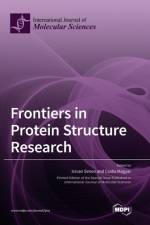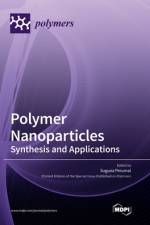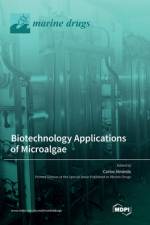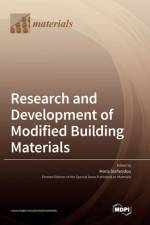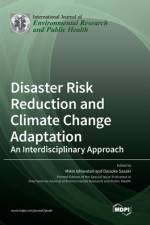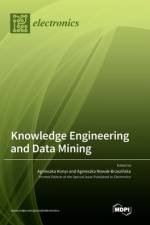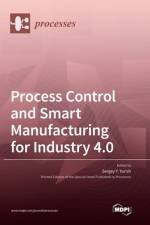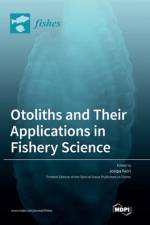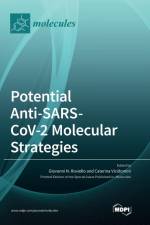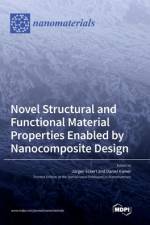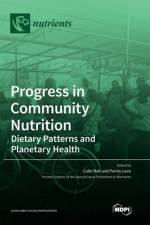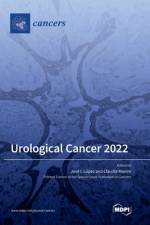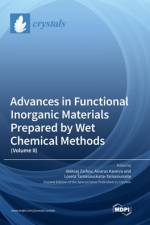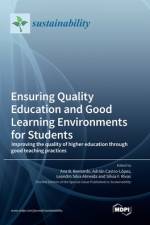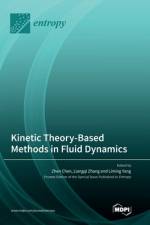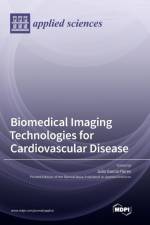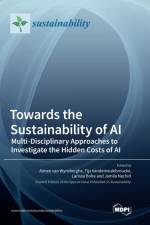1 045,-
Nowadays, there is great pressure on energy conservation and emission reduction. In order to achieve these goals, weight reduction in manufacturing fields, such as the vehicle, marine, and aerospace industries, and microelectromechanical systems is the major trend. Although some structures and parts that require special properties and service conditions must use ferrous materials such as steels due to their superior thermal and wear resistance, there is a desperate need to replace these alloys with non-ferrous materials such as Al alloys, Mg alloys, Ti-based alloys, Cu alloys, and others in order to decrease the operational and maintenance costs. Recently, many new material processing techniques, i.e., irradiation, cryogenic rolling, wet chemical method, induction sintering, liquid/solid casting, heat treatment, electromagnetic hot forming, and five-axis flank milling, have been developed to enhance the performance of non-ferrous materials. Excellent work hardening, fracture toughness, mechanical properties, magnetic properties, and wear resistance could be realized depending on the appropriate application of these new technologies. This Special Issue covers these topics and focuses on the process-structure-properties relationships of high-performance non-ferrous materials.

